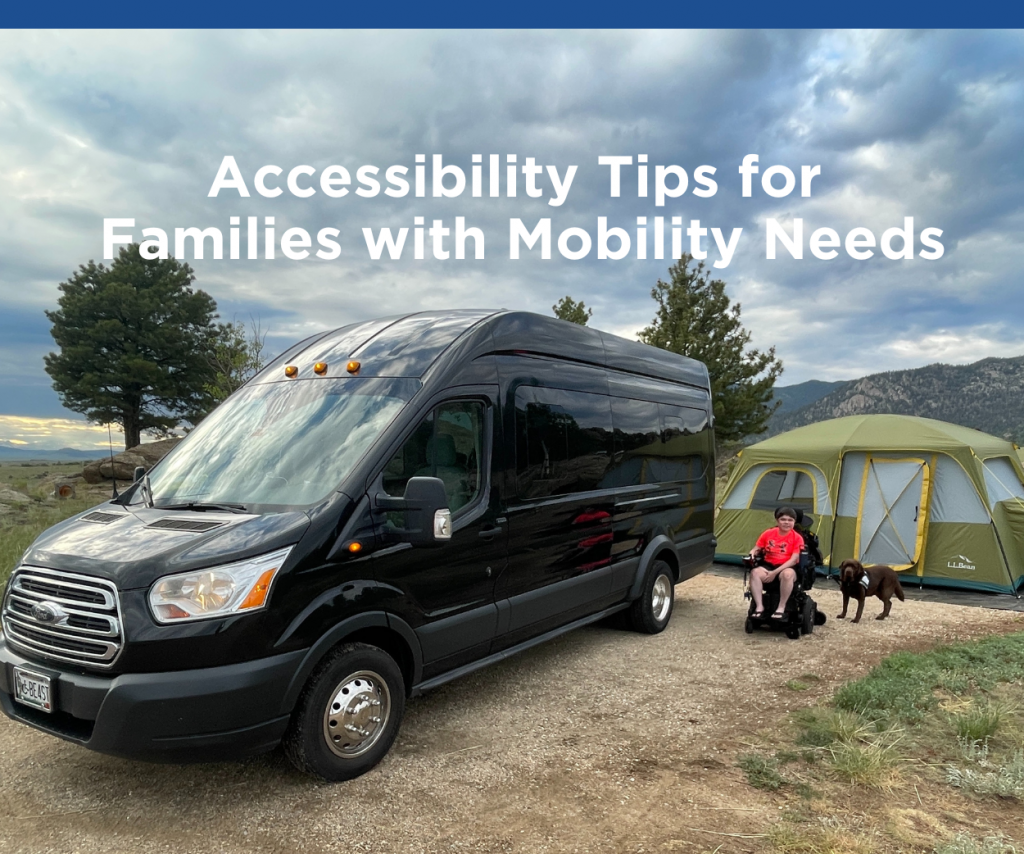Building a Handicap Bathroom – Factors to Consider
Falls are a leading cause of unintentional injury among older adults and people with disabilities. Bathrooms are one of the most common locations for fall injuries in homes, hospitals and other healthcare facilities. Getting in and out of normal bathtubs can prove to be a difficult task for seniors and wheelchair users. Barrier free shower kits and walk-in bathtubs provide the solution to this challenge. Proper bathroom design that meets users’ needs and allows them to function independently is also necessary. Certain factors need to be considered while building handicap bathrooms in homes and public places:
- Space – Any area of the bathroom (starting from the main floor to the shower) should have at least 60 inches of clearance in all directions so that the wheelchair and its user can move around freely. It is important to note that the rotating space should include adequate room for the individual’s legs such as rotating under a wall-hanging sink, not merely the chair itself; the layout of hardware and appliances has to be adjusted to suit user needs.
- Doorway – The doorway towards the bath space must be at least 36-inches wide and should have levers instead of door knobs. The American Disabilities Act (ADA) requires at least 30 to 48 inches of clear space on both sides of the doorway to accommodate the individual and the wheelchair turning in position. Never construct the door at an angle that will require the accessibility device to sharply turn left or right in to the doorway as the user will not be able to rotate the wheelchair sufficiently to move around freely inside.
- Walk-in shower – The floor of the shower room should be on level with the rest of the house as this will allow the user to ride a wheelchair directly into the shower, making it easy to enter or exit on foot.
- Install grab bars – Install grab bars in the bathtub, shower and around the toilet as these will make it easy for users to get in and out of the shower.
- Slip-proof flooring – The elderly or people with mobility challenges have a greater risk of slips and falls in a bathroom, especially if the floor gets wet. Adding a slip-proof coating to the floor is a simple and affordable way to make the bathroom a safer place.
- Sink – Installing a roll-in cabinet or pedestal sink is a good idea as they have an open space beneath. This would provide ample room for the wheelchair to slide under the countertop and move close enough to the sink. The faucets can be easily fitted on the side of the sink to make them easier for the user to reach. Hang the mirror low enough for seated persons to see themselves.
- Showerhead – Install a hand-held shower and rain-flow showerhead dual mount system. Make sure the shower head system has a temperature control feature in order to prevent scalds. Fix easy-to-reach soap dispensers.
- Toilet placement – The toilet needs to be spacious enough to accommodate the width of the chair for the user to have clear and easy access to grab bars and the seat. The optimal toilet height varies from person to person, but it is generally around 17-19 inches. The lever to flush the commode should be easily reachable in a seated position from the toilet seat.
National Seating & Mobility provides durable solutions for homes, hospitals, and care facilities that make bathing safe and help seniors and people of all abilities to live independently. Choosing National Seating & Mobility will also ensure quick professional installation at no additional cost.
Related Articles
Camping Made Possible
Depending on what climate you live in, late fall to early spring can be the perfect time to squeeze in a camping trip, and the…
Last Minute Holiday Gift Guide for People with Disabilities
Looking for the perfect last minute gift for someone who uses mobility equipment? Our holiday gift guide has you covered! The holiday season is here,…
Making a Home Safe for Seniors
Did you know that 55% of all senior fall injuries happen inside their house?* As people age, they often lose some level of mobility, strength,…


